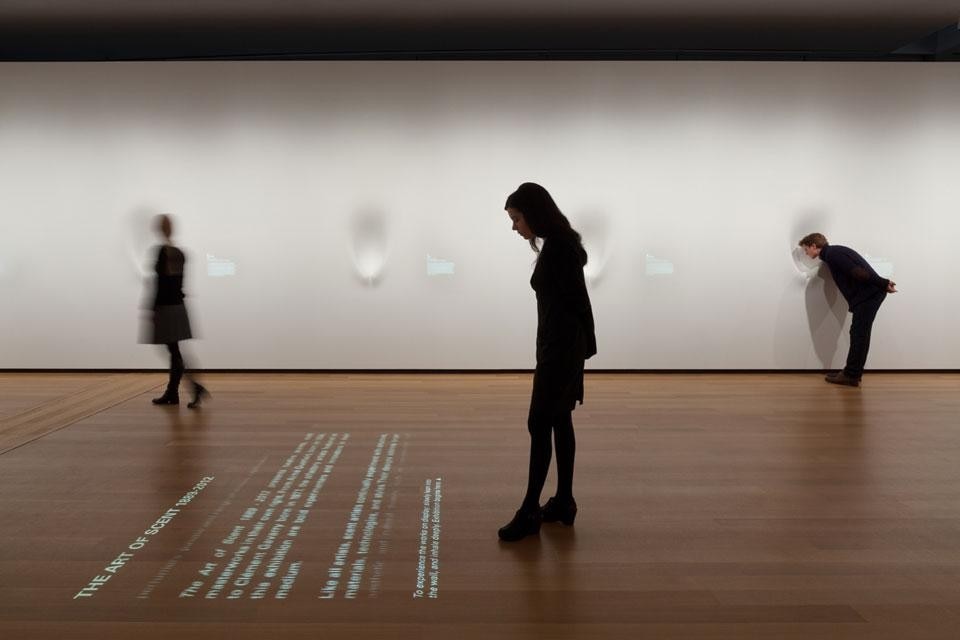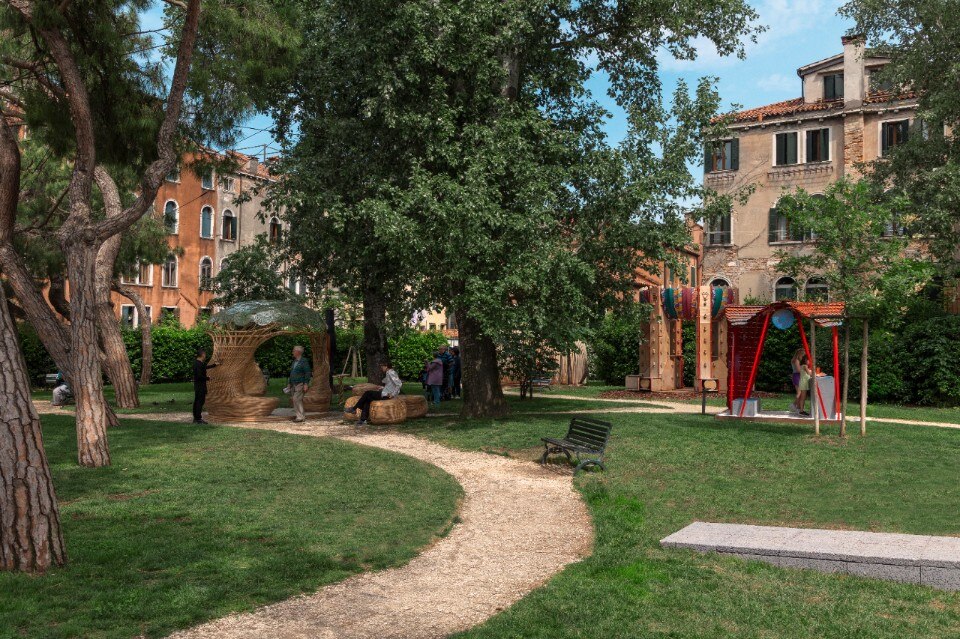The dimple or urinal in question is one of twelve, set into the white wall of an otherwise completely empty gallery. Lean in, and your motion will trigger a muted roar and a quick whoosh of perfume. Stand back again, and you smell nothing; Diller Scofidio + Renfro's installation manages to achieve the impossible in olfactory architecture — intensity and containment.
Appropriately for a museum of both arts and design, while olfactory curator Chandler Burr argues for perfumery's recognition as an art form, the mechanics of its "display," using scent diffusion technology borrowed from industry trade shows, can't help but remind us of its roots as a commercial, client-initiated design discipline.
Burr's twelve olfactory artworks add up to an amazingly concise overview of the most important perfumes of the past 121 years, in order to situate scent within the larger art-historical context. The survey begins in 1889, with Aime Guerlain's creation of Jicky, one of the very first perfumes to blend natural essences with newly available synthetic chemicals, such as terpene alcohol ß-linalool. Burr's accompanying text likens Jicky to the Eiffel Tower — "a work of radical engineering" — arguing that it was this liberation from the constraints of the natural that "turned scent into an artistic medium."
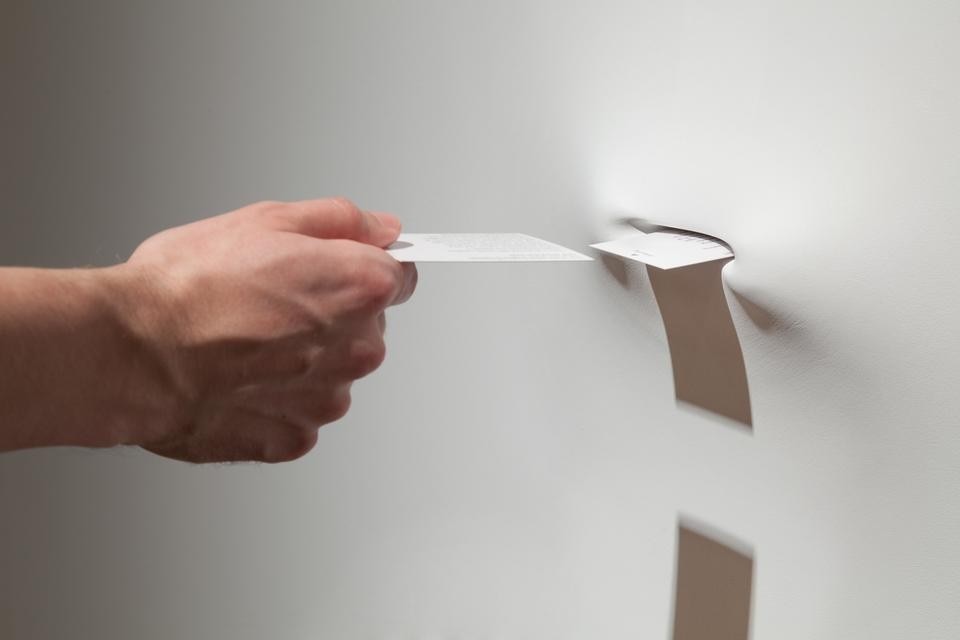
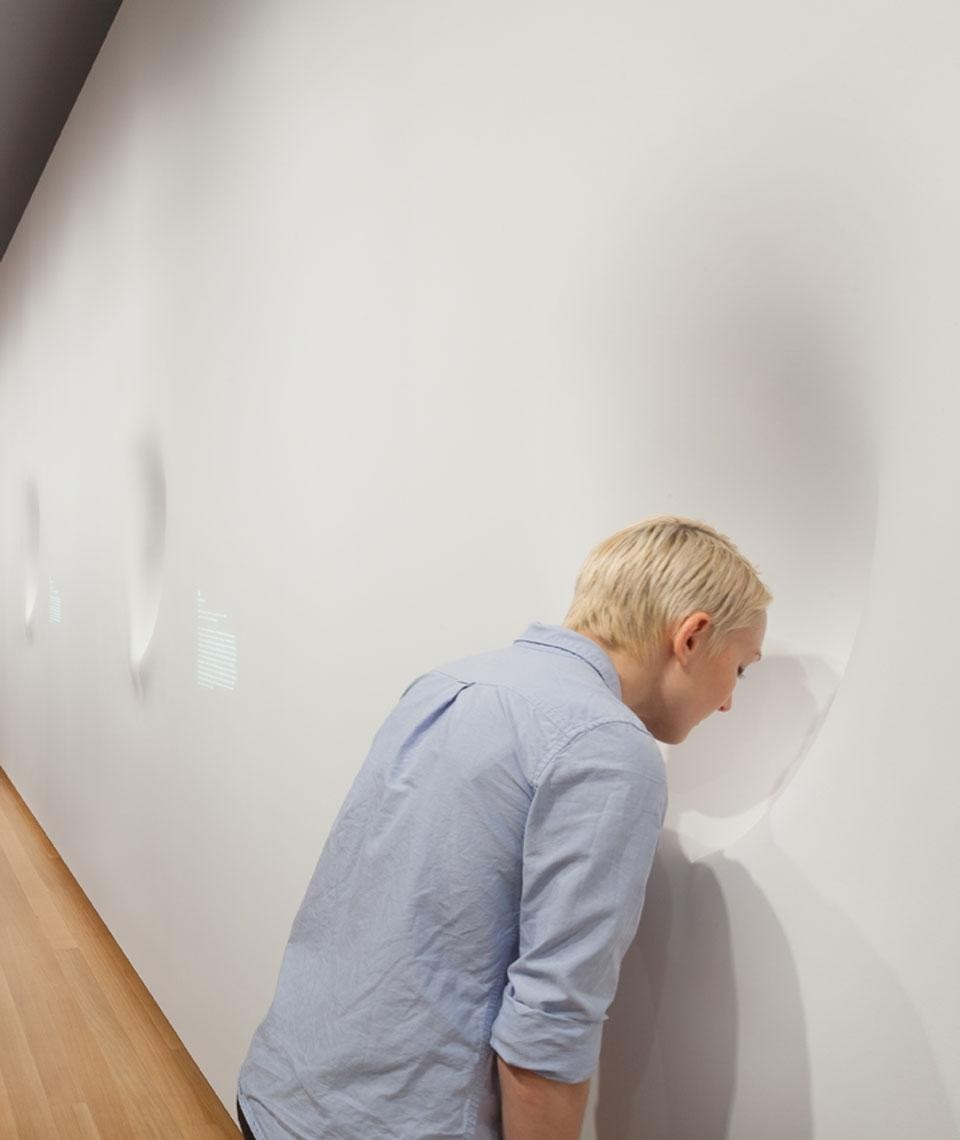
Burr's twelve olfactory artworks add up to an amazingly concise overview of the most important perfumes of the past 121 years, in order to situate scent within the larger art-historical context
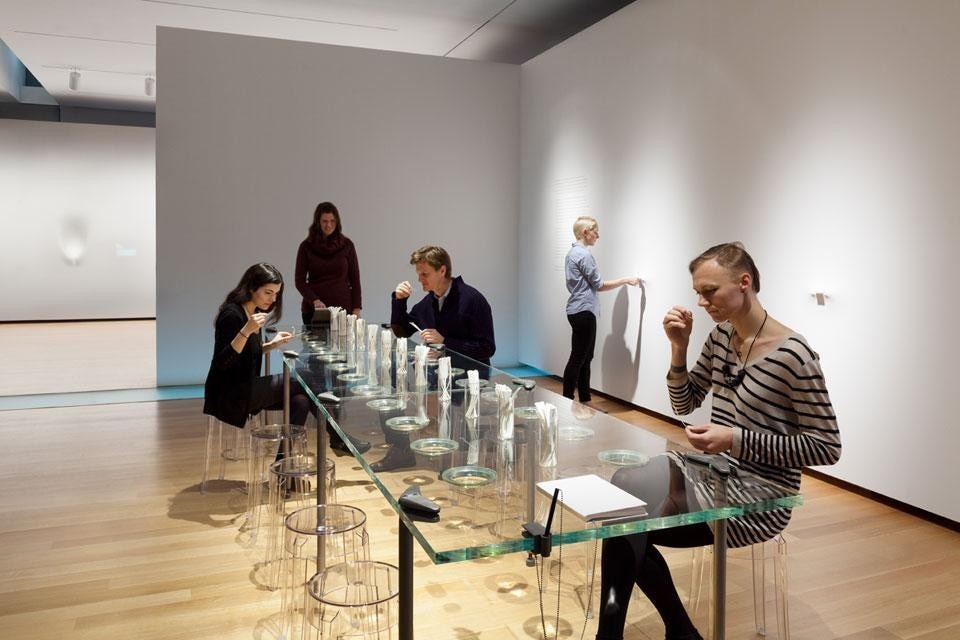
Along the opposite wall, visitors can use their own noses to appreciate the design process. Five tear-off sample cards represent the final version of Trésor, by Sophia Grojsman, as well as four "mods" from different stages in its development. The progression is far from linear, revolving instead around the creation of different "accords" or harmonic combinations of molecules that add structure, complexity, and longevity. The first mod smells strongly of geranium and rose, while the second is entirely different: a woody, musky scent. As if to emphasize the alchemical nature of fragrance design for the uninitiated, Grojsman notes that the final product "didn't change much" from the fourth mod, which, to me, has a thin, nasty papery smell that is utterly unrelated to the actual fragrance's powdery rose and vanilla sandalwood notes.
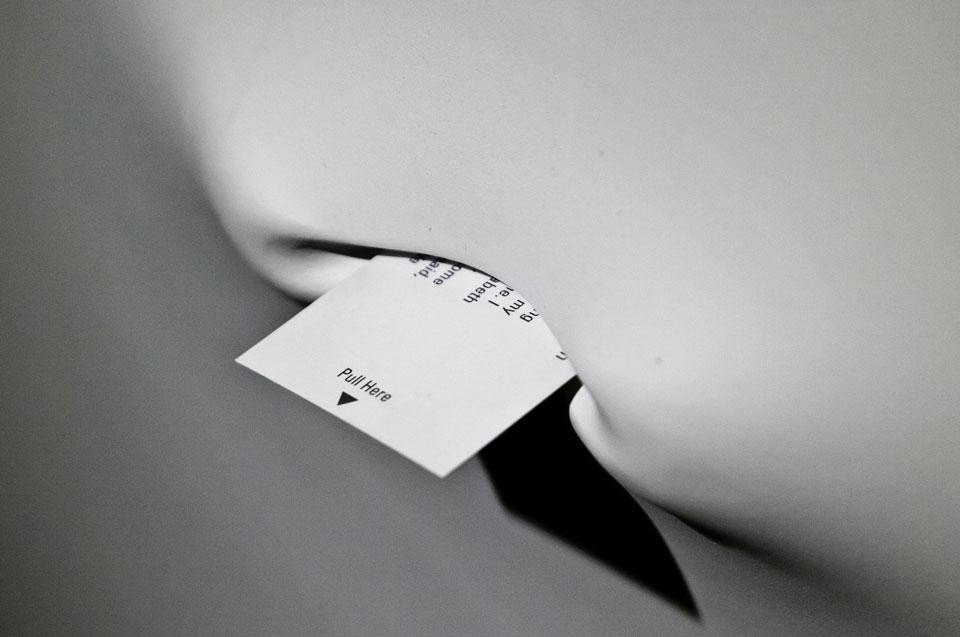
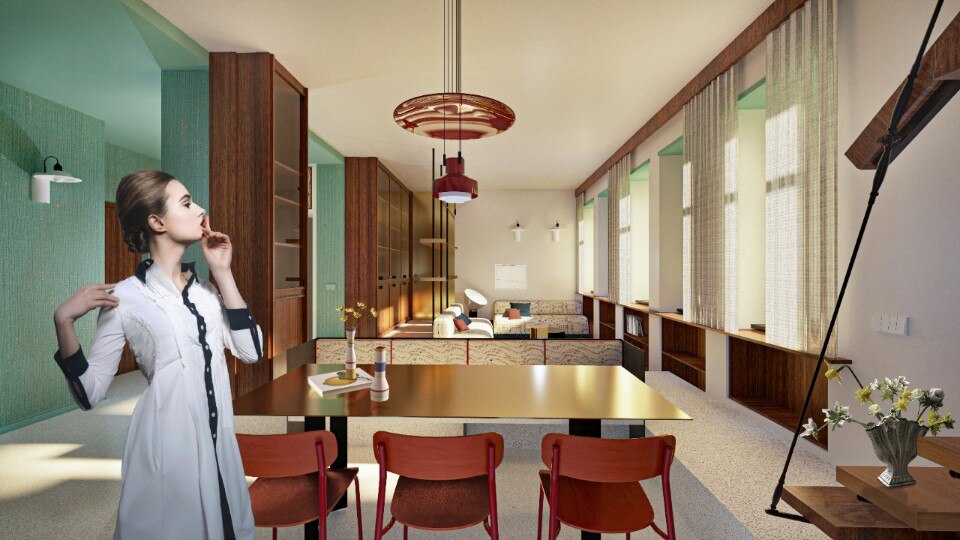
For a new ecology of living
Ada Bursi’s legacy is transformed into an exam project of the two-year Interior Design specialist program at IED Turin, unfolding a narrative on contemporary living, between ecology, spatial flexibility, and social awareness.


